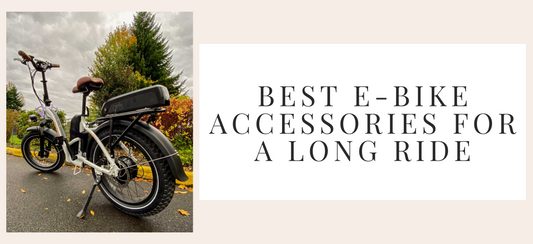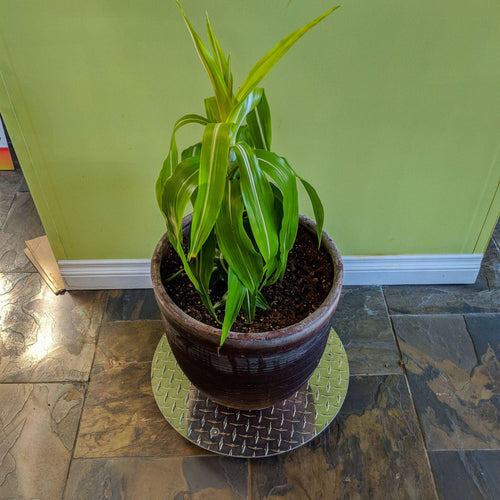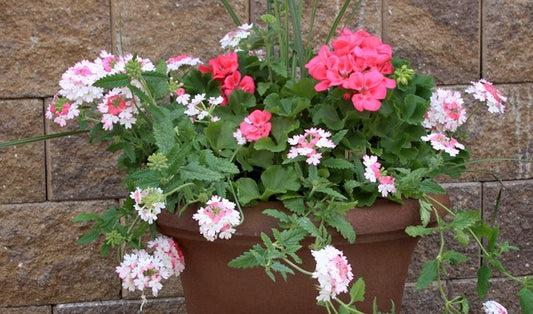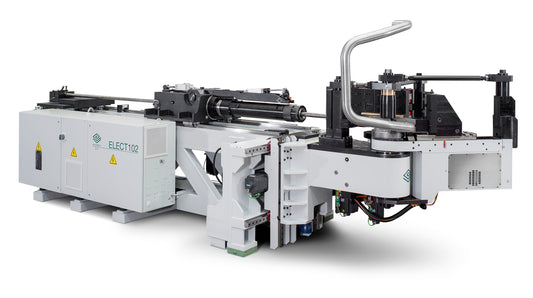Now is the perfect time to begin composting. Compost is the most important thing you can use in your garden to improve your land’s fertility, while getting rid of kitchen and yard waste efficiently. The only science involved is the science of decomposition—when things decompose, they turn your yard waste into “Black Gold” for your plants. When building a DIY Compost Bin, you will want one that is:
- Easy to Assemble
- Durable
- Environmentally Friendly
- Easy to Use
- Effective
You can purchase plans to build your own compost bin, but using a compost bin bracket set makes it easy. In a matter of minutes, with a set of four brackets, a few pre-cut boards and some screws, you can be on your way to reducing the yard and kitchen waste you send to the landfill.
Homemade compost bins can be made from almost any material. Plastics are commonly used; however, plastics breakdown and may leach harmful toxins however selecting materials that are durable, easy care and environmentally friendly. Commonly used plastics break down. With all the concern of BPA and plastics acting like estrogen in our bodies, is probably better to error on the side of caution and avoid their use when other more environmentally friendly materials are available.
A wooden compost bin can be built from a naturally resilient wood like cedar and stainless steel brackets. Stainless steel brackets are easy care and will last a lifetime allowing you to move the compost bin and rebuild when needed.
Sir Albert Howard, the founder of organic gardening, specified that for a compost bin to effectively recycle organic waste it needed size, heat, moisture, aeration and a mixture of plant ingredients. The recommended size for a home compost bin is no smaller than 3 square feet and no larger than 5 square feet. A smaller bin may not allow the organic matter to heat up high enough for efficient breakdown, or it may lose heat and quickly slow down the process. A larger pile may hold too much water not allowing air into the center.
A compost bin that offers size flexibility allows you to build a compost bin you fit your space. If you have too much material to compost, make a second or third bin. Turn your pile as often as you can. A big problem with some DIY compost is gaining access to physically turn the pile. A bin that allows you to open one side by removing boards or opening a door will speed up the process. Try to move the outer layer to the center. Keep your compost damp but not wet. As you add material to your pile make sure that each layer is moist as it is added.
During the summer your pile will dry out and the composting process will slow down. A DIY compost bin that encourages good air circulation and moisture control will speed up the decomposition process. Composting allows decomposed materials to be reused as a nutritious supplement for your garden, lawn, and house plants. A variety of materials may be used for composting, including leaves, grass, weeds, and some kitchen scraps.
Layer you compost bin with “green” yard waste like grass clippings alternated with "brown" materials like leaves and shredded paper to add carbon. You will need both layers. If you only add grass clippings your pile will compact, creating an anaerobic environment, that will smell. Composting provides a useful and environmentally conscious alternative to bagging up your kitchen and yard waste and sending it away to the landfill. Once you begin the process, it can become a part of your weekly routine.





